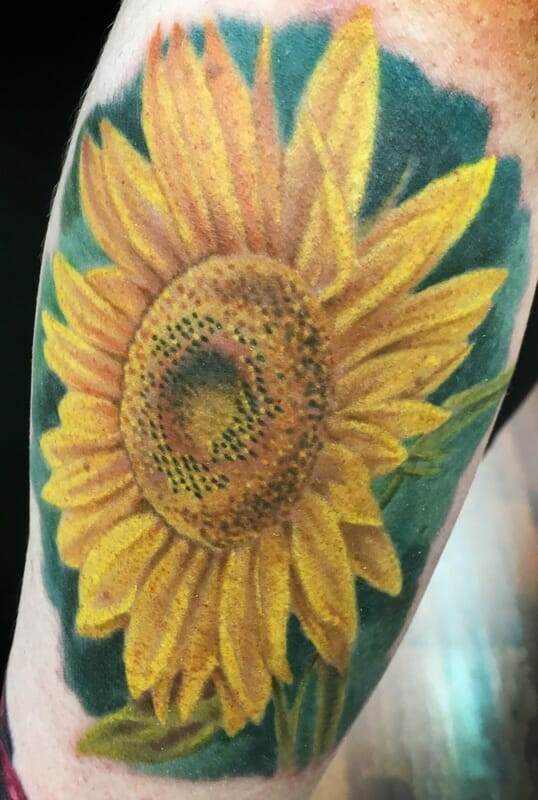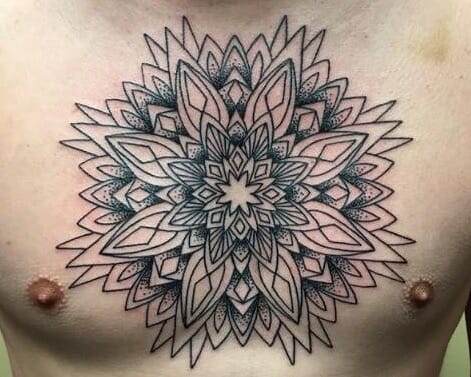The journey of creating a tattoo design begins with the initial spark of inspiration, often ignited through brainstorming sessions. This phase is crucial as it allows the artist to explore various themes, styles, and concepts that resonate with both their artistic vision and the client’s desires. Artists may draw from a myriad of sources, including personal experiences, cultural symbols, or even nature.
The goal during this stage is to generate a plethora of ideas without self-censorship, allowing creativity to flow freely. This unfiltered exploration can lead to unexpected connections and innovative concepts that might not have emerged in a more structured environment. Once a collection of ideas has been established, the next step is to translate these thoughts into visual form through sketching.
This process involves taking the most compelling concepts and beginning to outline them on paper or a digital canvas. Artists often create multiple sketches, experimenting with different compositions, sizes, and styles. This iterative approach not only helps in refining the design but also allows for adjustments based on feedback from clients or fellow artists.
The sketching phase is where the artist’s unique style begins to shine, as they infuse their personality into the design while ensuring it aligns with the client’s vision.
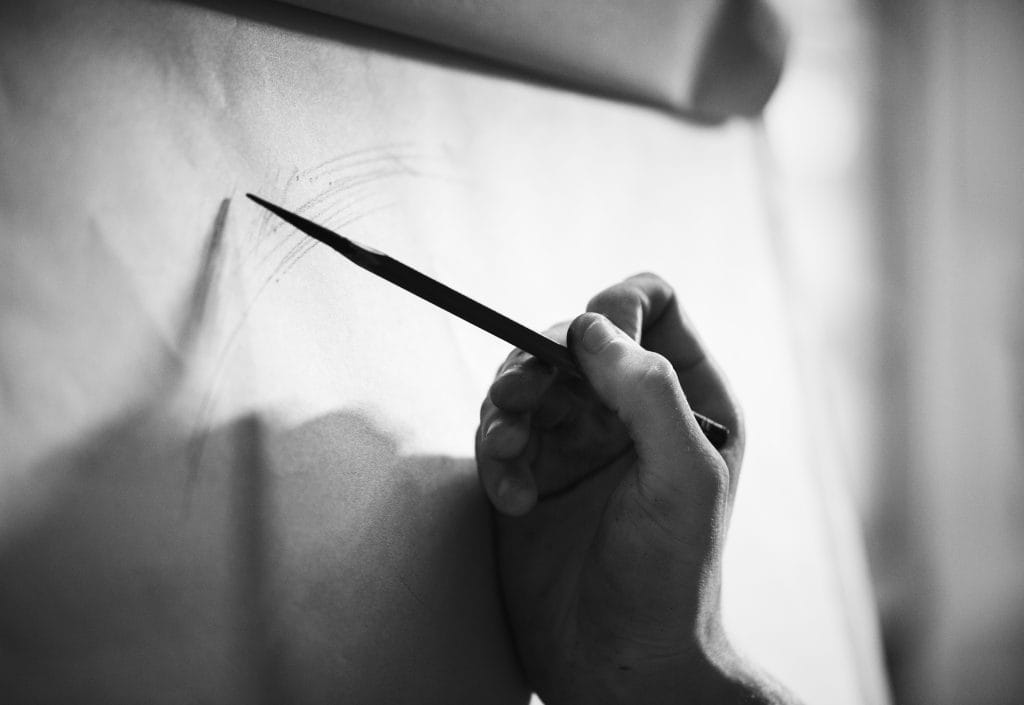
Key Takeaways
- Brainstorming and sketching are essential steps in the creative process, allowing artists to explore ideas and concepts before committing to a final design.
- The choice of medium, whether it’s pencils, digital tools, or paint, can greatly impact the outcome of the artwork and should be carefully considered based on the desired effect.
- Adding color and detail brings sketches to life, adding depth and dimension to the artwork.
- Collaboration and feedback from other artists and clients can provide valuable insights and help improve the final design.
- Creative blocks and technical issues are common challenges that artists face, but they can be overcome with perseverance and problem-solving skills.
Choosing the Right Medium: Pencils, Digital Tools, or Paint?
Selecting the appropriate medium for tattoo design is a pivotal decision that can significantly influence the final outcome. Traditional tools like pencils and inks offer a tactile experience that many artists cherish. The feel of pencil on paper can inspire a certain spontaneity and fluidity in the design process.
Artists who prefer this method often appreciate the nuances that come with hand-drawn sketches, such as shading techniques and line work that can be difficult to replicate digitally. Additionally, working with physical materials allows for a direct connection to the art, fostering a deeper engagement with the creative process. On the other hand, digital tools have revolutionized the way tattoo artists approach their craft.
Software programs like Procreate or Adobe Illustrator provide an array of features that enhance creativity and efficiency. Digital mediums allow for easy manipulation of designs, enabling artists to experiment with colors, layers, and effects without the fear of making irreversible mistakes. Furthermore, digital art can be easily shared with clients for feedback, streamlining communication and collaboration.
Ultimately, the choice between traditional and digital mediums often comes down to personal preference and the specific requirements of each project.
Bringing the Sketch to Life: Adding Color and Detail
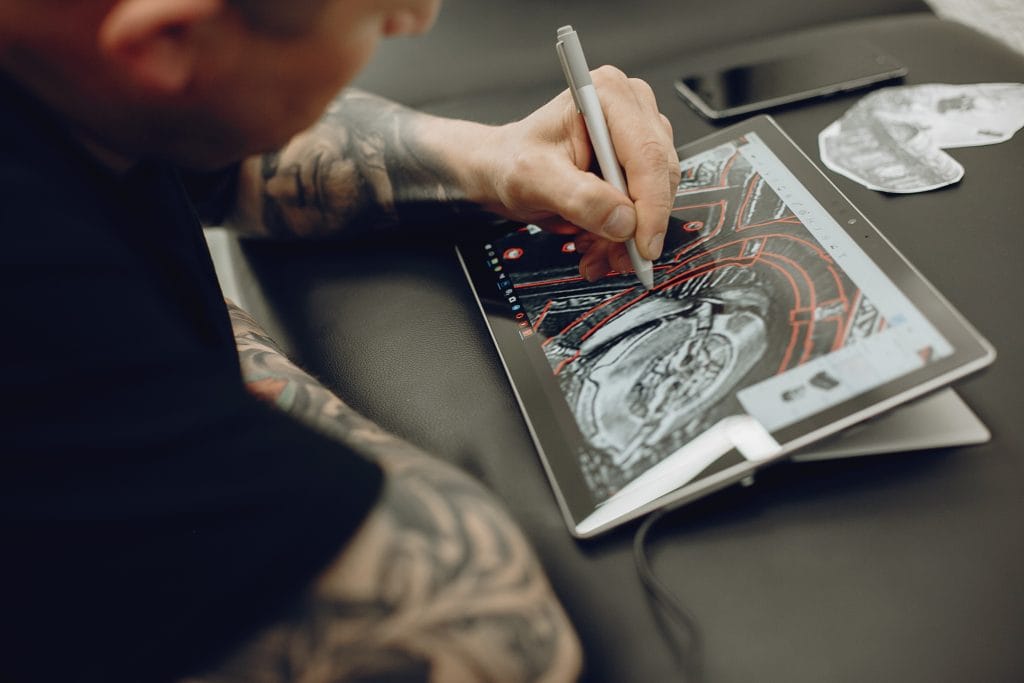
Once the initial sketch has been approved, the next phase involves bringing the design to life through color and detail. This stage is where an artist’s vision truly materializes, as they begin to add depth and vibrancy to the artwork. Color selection is a critical aspect of this process; it can evoke emotions, set a mood, and enhance the overall aesthetic of the tattoo.
Artists often consider color theory principles, such as complementary colors and contrasts, to create visually striking designs that will stand out on skin. Detailing is equally important in this phase, as it adds intricacy and dimension to the tattoo. Fine lines, textures, and shading techniques can transform a simple design into a complex masterpiece.
Artists may use various tools and techniques to achieve these effects, whether through traditional methods like stippling or cross-hatching or through digital enhancements. The goal is to ensure that every element of the design works harmoniously together, creating a cohesive piece that reflects both the artist’s style and the client’s vision.
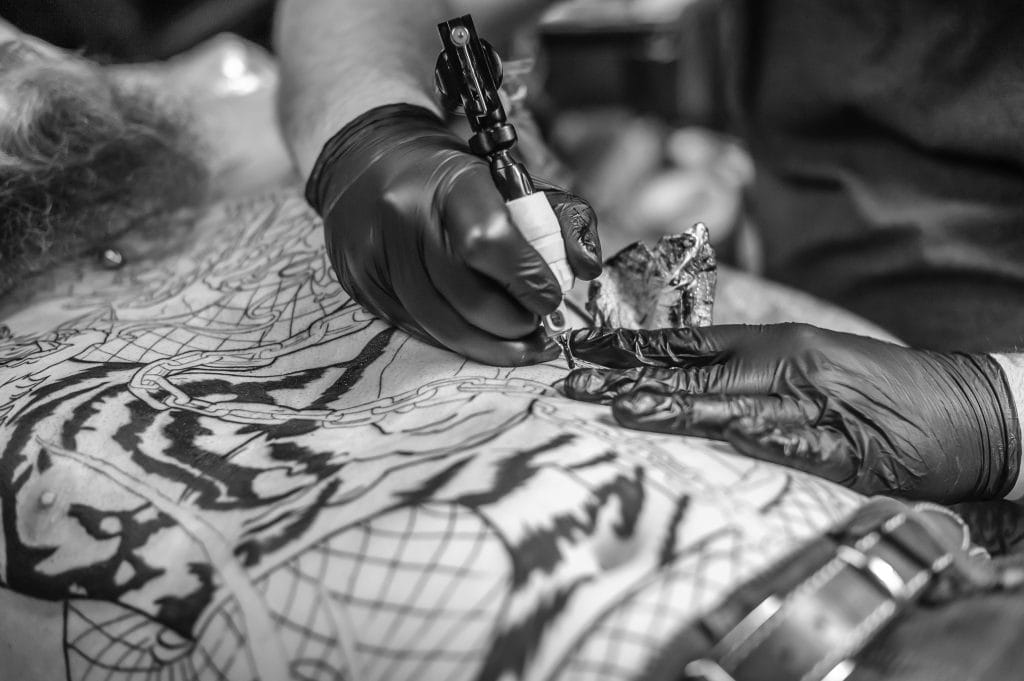
Collaboration and Feedback: Working with Other Artists and Clients
Collaboration plays a vital role in the tattoo design process, particularly when working with clients who have specific ideas or preferences. Open communication is essential; artists must listen carefully to their clients’ desires while also providing professional guidance based on their expertise. This back-and-forth dialogue can lead to a more refined design that satisfies both parties.
Artists often encourage clients to share reference images or concepts that inspire them, which can serve as valuable starting points for discussions. In addition to client collaboration, artists may also seek feedback from fellow tattooists or other creatives within their network. Peer reviews can provide fresh perspectives and constructive criticism that help elevate the design.
Engaging with other artists fosters a sense of community and encourages growth through shared knowledge and experiences. This collaborative spirit not only enhances individual projects but also contributes to the overall evolution of tattoo artistry as a whole.
Overcoming Challenges: Dealing with Creative Blocks and Technical Issues
Every artist encounters challenges throughout their creative journey, whether it’s grappling with a creative block or facing technical issues with their tools. Creative blocks can be particularly frustrating; they often arise when an artist feels uninspired or overwhelmed by expectations. To combat this, many artists adopt various strategies such as taking breaks, seeking inspiration from different sources, or experimenting with new techniques.
Sometimes stepping away from a project for a short period can provide clarity and renewed motivation upon returning. Technical issues can also pose significant hurdles in the design process. Whether it’s software glitches in digital art or difficulties with traditional materials, these challenges require problem-solving skills and adaptability.
Artists must remain patient and resourceful when faced with such obstacles. Learning how to troubleshoot common issues can empower artists to navigate these challenges effectively, ensuring that they remain focused on their creative goals without becoming discouraged.
Refining the Masterpiece: Fine-Tuning and Polishing the Final Design
As the design nears completion, artists enter a critical phase of refinement where they meticulously fine-tune every aspect of their work. This stage involves scrutinizing details such as line quality, color balance, and overall composition to ensure that everything aligns perfectly. Artists may revisit earlier sketches or concepts to ensure that they have captured the essence of their original vision while also incorporating any feedback received during collaboration.

Polishing the final design is not merely about aesthetics; it also involves considering how the tattoo will translate onto skin. Factors such as placement, size, and skin type can influence how certain elements will appear once inked. Artists must take these practical considerations into account while maintaining their artistic integrity.
The goal is to create a design that not only looks stunning on paper but also translates beautifully onto the body.
The Role of Technology: Using Software and Tools to Enhance the Artwork
In today’s digital age, technology plays an integral role in enhancing tattoo artistry. Software programs equipped with advanced features allow artists to experiment with designs in ways that were previously unimaginable. For instance, digital tools enable artists to create 3D mock-ups of tattoos on virtual skin, providing clients with a realistic preview of how their chosen design will look once inked.
This capability not only aids in decision-making but also helps build trust between artists and clients. Moreover, technology facilitates efficient workflows by allowing artists to save templates, create reusable elements, and streamline their processes. Digital portfolios can be easily updated and shared online, showcasing an artist’s work to a broader audience than ever before.
Social media platforms have become essential tools for marketing and networking within the tattoo community, enabling artists to connect with potential clients and fellow creatives across the globe.
Presenting the Finished Piece: Showcasing the Artwork to the World
The final step in the tattoo design process is presenting the completed artwork to the world. This moment is significant for both the artist and client; it marks the culmination of creativity, collaboration, and hard work. Artists often take great care in how they showcase their designs, whether through high-quality photographs or social media posts that highlight intricate details and vibrant colors.
Effective presentation goes beyond mere visuals; it also involves storytelling. Artists may share insights into their creative process or explain the symbolism behind certain elements within the design. This narrative adds depth to the artwork and allows viewers to connect on a more personal level.
By sharing their work in thoughtful ways, artists not only celebrate their achievements but also contribute to a larger conversation about tattoo artistry as an evolving form of expression. In conclusion, creating a tattoo design is a multifaceted process that encompasses brainstorming ideas, selecting mediums, collaborating with clients and peers, overcoming challenges, refining details, leveraging technology, and ultimately presenting finished artwork to an eager audience. Each stage requires dedication, creativity, and skill—qualities that define successful tattoo artists like those at Funhouse Tattoo in San Diego.
Through this intricate journey from concept to completion, artists continue to push boundaries and redefine what it means to create meaningful body art.

